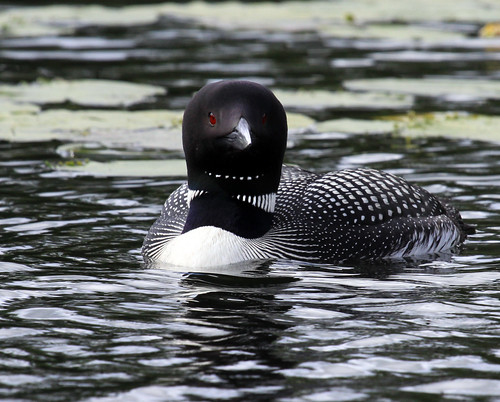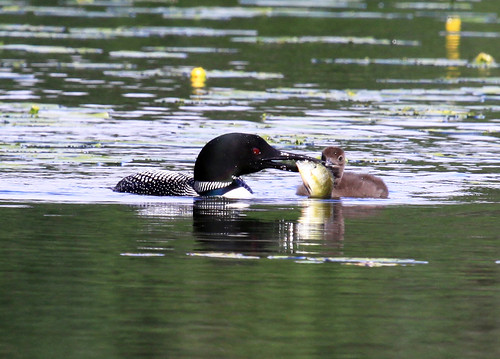I’ve been looking forward to September 9 for months—it was
the day the 2014 State of the Birds report was due to come out. This is the
fifth edition of this annual report, put together by a large group of
non-profits, such as the Cornell Lab of Ornithology, the American Bird Conservancy, Audubon, and Ducks Unlimited, working with government agencies
such as the U.S. Fish and Wildlife Service, the U.S. Forest Service, the National Park Service, and Environment Canada. I got to help with the first issue,
released in 2009 when I was serving as the science editor at the Cornell Lab of
Ornithology, and know how careful the group is at reaching its conclusions.
The
report this time has some disturbing findings. Their “Watch List” of vulnerable
species in the United States and Canada, each meeting their criteria of a combination of
high rate of population decline, small population size, small geographic range,
and significant future threats to sustainable populations, includes 230
species.
First thing in the morning on September 9, my email box
became inundated with questions from people about the predicted loss, by the
end of this century, of nesting loons in Minnesota and Baltimore Orioles in
Maryland, and naturally I assumed they were referring to the State of the Birds
report. But it turns out Audubon chose the same day to release a completely
separate Climate Report.
Audubon put together a comprehensive study, using
current models of how the changing climate is and will continue to change
habitat, to see how climate change could affect the ranges of 588 North
American bird species. Their models indicate that 314 species will lose more
than 50 percent of their current range by 2080. Of them, 126 species are
projected to lose more than 50 percent of their current range by 2050 if the
changes due to global warming continue at their current pace.
To get the attention of the media, Audubon used two
extremely popular state birds—the Baltimore Oriole and the loon—as their poster
children for the report. And almost all the people writing me were asking about
our beloved loon. Current projections by Audubon for the Common Loon indicate that by 2080, the
breeding range will retract as water temperatures rise. Loons
require extremely clear water for catching fish, and the algae growth
associated with warmer temperatures will little by little force breeding loons
out of Minnesota and Wisconsin. Unfortunately, loons already breed at the farthest
northern reaches of the continent, so as they lose ground in the southern part
of their range, they can’t expand to the north. By 2080, they’re expected to
have only 44 percent of their breeding range remaining.
Audubon used Christmas Bird Count data to indicate winter
ranges of birds, making the situation for loons sound even direr, because
Audubon predictions indicate that loons will lose 80 percent of their winter
range. But really, loons are often still migrating during much of the Christmas
Bird Count period—the vast majority of our loons winter on salt water in the
Atlantic or the Gulf of Mexico. Of course, that situation is also worrisome,
because of major changes in fish populations as ocean water temperatures rise.
The Audubon projections for Baltimore Orioles do, indeed, show the breeding range moving north and out of Maryland, but nevertheless, Baltimore Orioles are projected to enjoy an overall range increase, as cottonwoods retract
from a small area but expand into what is now boreal forest. Through 2080,
Audubon projects that Baltimore Orioles will enjoy a 76 percent increase in suitable
breeding range.
That increase will come at the expense of birds depending on
what is now boreal forest. Our beloved Northern Hawk Owl—a wonderfully
confiding and charismatic visitor in winter and occasional breeder in the bog
country just north of Duluth—is among the 30 species threatened with the loss
of more than 90 percent of their current range by 2050.
What can we do to help? Conserving energy will not only
reduce the carbon gases we send into the atmosphere but reduce a whole suite of
other dangers to birds caused by extracting, transporting, and burning fossil
fuels. It’s simply the right thing to do.



